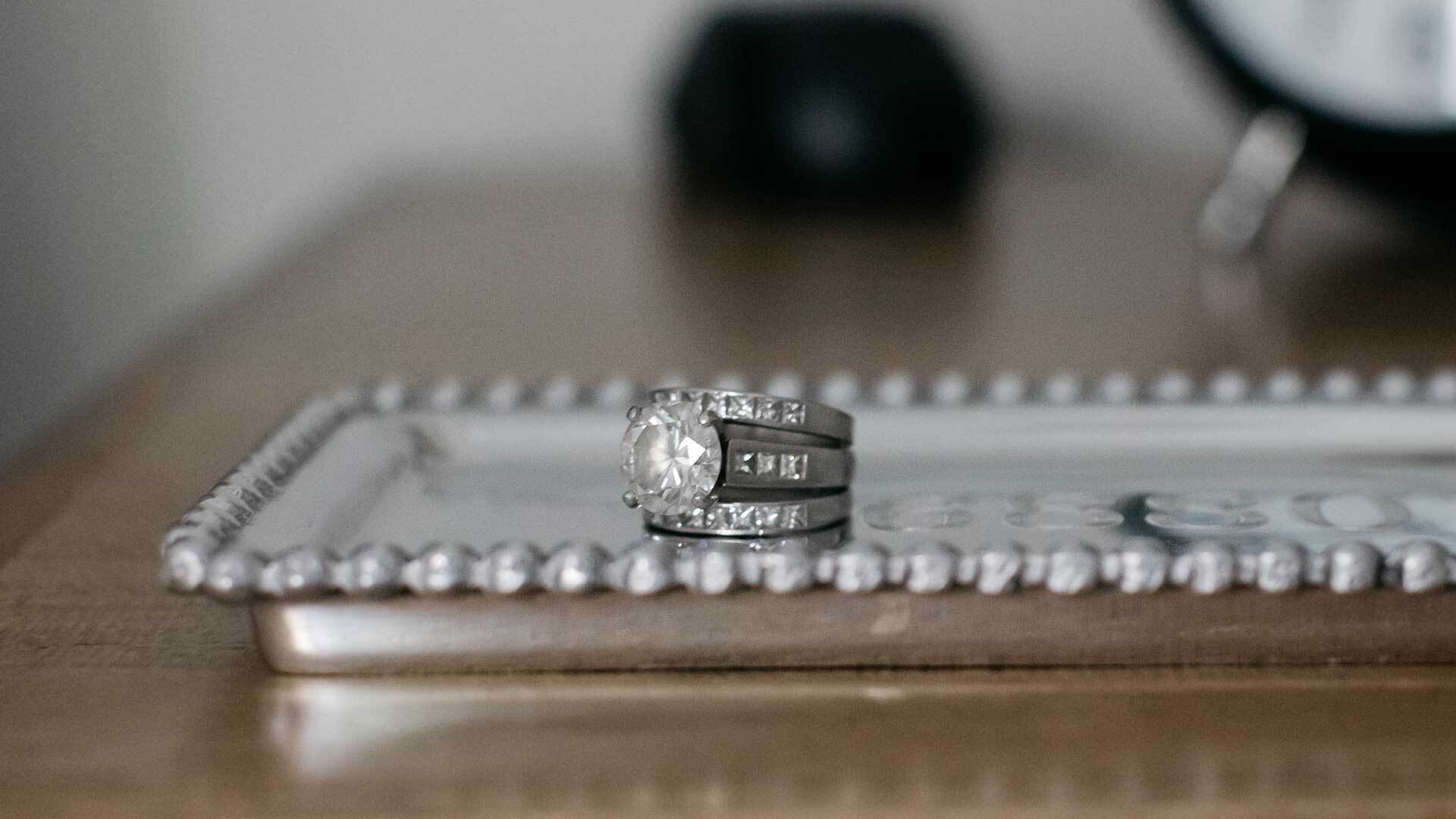Headlines around the world read like this “Banksy Painting Self Destructs after Fetching $1.4 Million at Sothebys”

October 7, 2018
EINPresswire
The British Street Artist Bansky pulled off one of his most spectacular pranks on Friday night, when one of his trademark paintings appeared to self- destruct at Sothebys in London after selling for $1.4 million at auction”
The question is WHO PAYS?
While the parties involved are undoubtedly calling lawyers, contacting insurance brokers and researching contracts and establishing their positions, noted art insurance expert Bruce Gendelman was asked to offer his analysis.
Gendelman, who is Chairman of the Bruce Gendelman Company, a national insurance broker that exclusively insures ultra high net worth clients and their assets is also an attorney, artist, art collector and art museum board member.
Gendelman noted that, This “prank” presents a fascinating set of questions due to the parties involved: the seller, the buyer, the auction house, the prankster - presumably the artist Bansky himself/herself, and the insurance companies for all of the parties. The threshold question is who has title to the work at that exact moment it was shredded. Under the contractual language of Sothebys auction bidding process, the buyer is bound by the terms and conditions of the sale upon the hammer although a question remains as to whether such purchase obligation constitutes title.
Gendelman believes the seller should be fully protected by the Sotheby’s consignment agreement noting “typically the auction house insurance coverage provides “nail to nail coverage” The Sothebys contract isn’t specific in a case like this so it may be interpreted to shift the burden of loss to the buyer under the agreed upon terms of sale but the standard language in the Sothebys invoice notes that: Buyers at auction are reminded that under Sotheby's Conditions of Sale Sotheby's liability for loss or damage for uncollected property ceases 30 calendar days after the date of the auction. This language implies that Sotheby’s accepts the risk of loss until the buyer accepts physical delivery.
Bruce Gendelman continues, “The buyer may or may not have insurance in place for newly acquired art. Typically high valued art would need to be bound by a broker and accepted by an insurance company with proof of purchase and appraisal. By definition the hammer price plus the buyers premium is the fair market value.”
However, unless the buyer had a very sophisticated insurance program in place that covers newly acquired art sufficient for that valuation, there certainly was not time between the hammer drop and the destruction “performance” to contact their broker and have coverage bound.
In addition, even if the work was insured by the buyer the insurance company would look at the cause of loss to determine if it is a covered cause under a deluxe all risk policy. It is Gendelman’s opinion that the buyers policy should provide coverage, if the buyer had title, because even though the destruction was an intentional act, the act wasn’t committed by or at the direction of the insured (assuming of course the buyer wasn’t the artist or his/her agent - which would in itself be a very interesting development and would raise potential fraud issues).
There is another possible policy exception, inherent vice, namely that the art was the performance and thus intended to be shredded.
A most interesting aspect of this event is the question whether there was a loss at all, if so whether there are any damages. Bruce Gendelman states “that a comparable situation can be drawn to this event and the Steve Wynn elbow through the Picasso incident, that our firm had some involvement with. In the Wynn case due to an ACCIDENT the contracted sale to collector Steve Cohen was cancelled for $125 million, the art work was repaired, the insurance company Lloyds was sued for diminution of value after only offering to pay for the actual cost of repairs approximately $100,000 and settled for a reported $60 million. Wynn later sold the work for more than the originally contracted $125 million plus retaining the Lloyds settlement”.
Some art experts have commented that this prank has made the art much more valuable than the sale price because of its notoriety.
If that is the case Gendelman states that the high net worth insurance carriers. AIG Private Client Group, Chubb Insurance and Pure Insurance would be on the hook for up to 150% of the hammer price plus the buyers premium, if the buyers broker added the 150% valuation clause.
If it has more value than the sales price the buyer has received a windfall, and an argument would be made that there was no loss. In any event, if the insurance company paid the loss, they would be able take possession of the piece and be able to sell it at “salvage” for a profit.
Claire Marmion, the CEO of Haven Art Group, a noted international collection risk management firm raises the scenario “that since the funds had not yet cleared the title has not yet passed, merely that there was a contractual obligation to pay.”
Marmion further reflects “this situation presents an interesting dilemma. Our firm dedicates our work to preserve an artists intent - Im not sure there is any damage at all. Banksy is doing exactly what as a contemporary artist he intended to do - therefore there is no damage. His intent appears to be to spark debate in the community.”
Gendelman notes that the point that “under V.A.R.A. (Visual Artists Rights Act) the results would be totally different if the act occurred New York rather than London. Under VARA, works of art that meet certain requirements afford their authors additional rights in the works, regardless of any subsequent physical ownership of the work itself, or regardless of who holds the copyright to the work. For instance, a painter may insist on proper attribution of his painting, and in some instances may sue the owner of the physical painting for destroying the painting even if the owner of the painting lawfully owned it.”
Gendelman notes that one fascinating possibility exists, “that the art was actually not shredded, even though Banksy released a video that shows an imbedded shedder. A forensic examination could possibly reveal that there are two paintings. There could be a roll mechanism that just appears to shred the painting by discharging the second shred.” Another avenue to consider is that since the “damage” was clearly intentional are there potential civil or criminal claims against the actor?
Bruce Gendelman concludes “ whatever facts present themselves - this event will reverberate with artists, auctions houses, buyers, sellers, insurance companies and art historians. Bravo!
For further information Bruce Gendelman can be reached at 800-845-4145 ext 11 [email protected].





